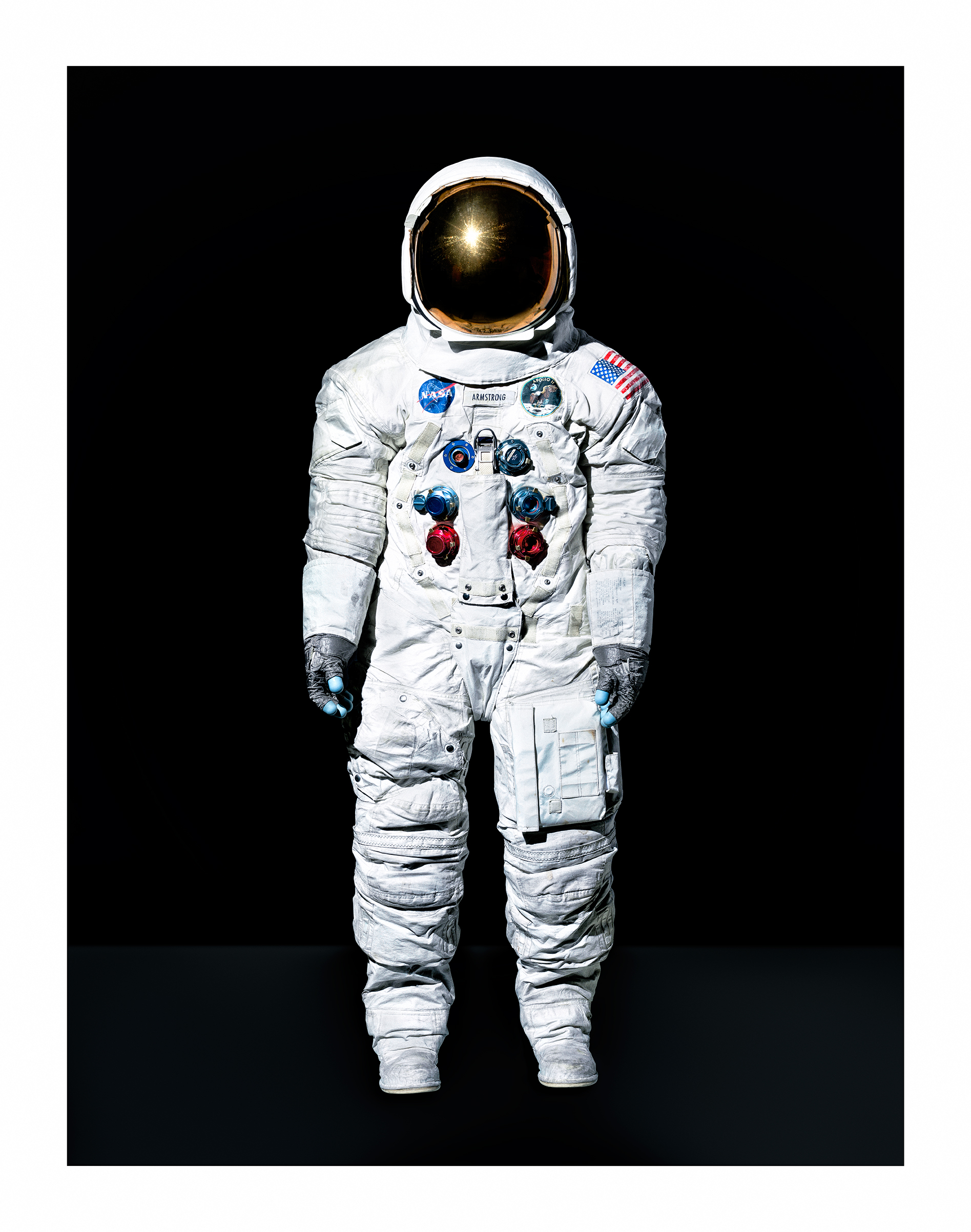What might be the most celebrated suit of clothing ever made cost an awful lot for the exceedingly short time it was used. The price tag: $670,000 in 2018 dollars. The useful life: about two and a half hours. The clothing in question: the spacesuit Neil Armstrong wore when he stepped on the moon 50 years ago next July.
On Earth, the suit—complete with its life-supporting backpack—weighed about 180 pounds, but fortunately it wasn’t intended to be used principally on Earth. It was meant for the one-sixth gravity of the moon, where it would tip the scales at only 30 pounds.

Either way, that’s a lot to wear and the suit came by its weight rightly, since it was composed of no fewer than 21 layers of cloth and neoprene and glass coated threads, all designed to keep lunar astronauts safe from the lunar heat (260° F in direct sunshine) and lunar cold (-280° F in shadow). Then too, there was the risk of micrometeorites that could puncture a less-robust suit like a BB fired through tissue, leading to a deadly depressurization.
It’s no surprise that so sturdy a garment would survive the passage of half a century with ease—but not without damage. Hot air, cold air, humid air, dry air, micropollution, the tug of Earthly gravity and the simple aging and degradation of materials manufactured in the mid-1960s, have all led to slow-motion damage. In preparation for the 50th anniversary of the Apollo 11 landing and the suit’s permanent display in a climate-controlled case, the Smithsonian Institution has engaged a team of restoration scientists to stabilize and further preserve it for the coming centuries.
As thorough as their work will be, there will be flaws they will not touch: the occasional crooked stitch, a mark of the seamstresses who manufactured each lunar suit largely by hand; the odd frayed edge that may have been caused by rough handling over the years, or may—no one knows—have been the result of the scrape by a sample shovel or a snag on the lunar module ladder during those two and a half hours Armstrong was outside.

And then, of course, there are the spacesuit’s dirty knees and boots—residue of the fine-grained lunar soil that billowed like snow powder whenever the astronauts took a step. Back inside the lunar module, they would report that the soil smelled like gunpowder. And out on the surface—on future flights during which the field expeditions went on for hours and hours—they would curse that same soil for the way if fouled equipment.
The little bit of lunar dirt that remains on Armstrong’s suit became trapped in its weave a very long time ago. It will remain there effectively forever—a mark not only of the remarkable thing the spacesuit was, but the remarkable things it did.
More Must-Reads from TIME
- Donald Trump Is TIME's 2024 Person of the Year
- Why We Chose Trump as Person of the Year
- Is Intermittent Fasting Good or Bad for You?
- The 100 Must-Read Books of 2024
- The 20 Best Christmas TV Episodes
- Column: If Optimism Feels Ridiculous Now, Try Hope
- The Future of Climate Action Is Trade Policy
- Merle Bombardieri Is Helping People Make the Baby Decision
Write to Jeffrey Kluger at jeffrey.kluger@time.com